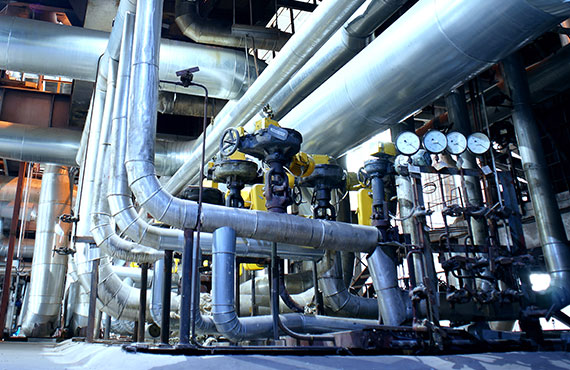The Challenge
Annual inspections of stream traps result in weeks or months of undetected failures and leaks.
Finding the right partner that understands steam as a system and not as individual components is a necessity.
From the Boiler to the de-superheater to the steam trap and condensate system, Spartan can help.
Finding the right partner that understands steam as a system and not as individual components is a necessity.
From the Boiler to the de-superheater to the steam trap and condensate system, Spartan can help.




